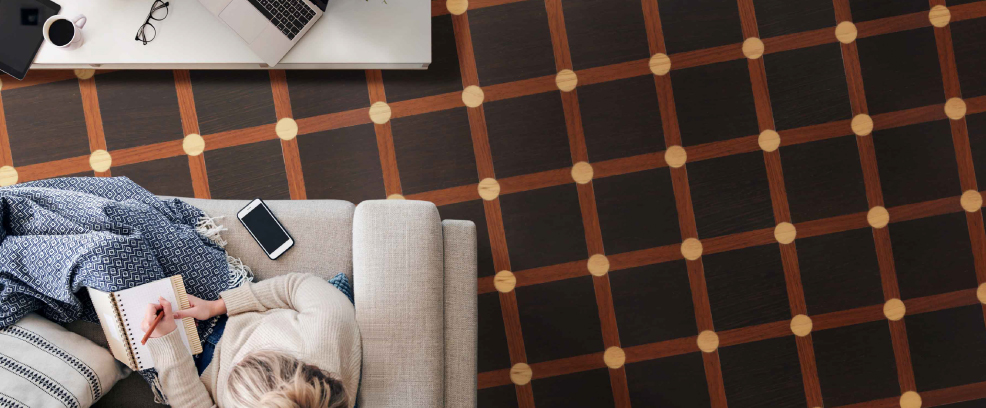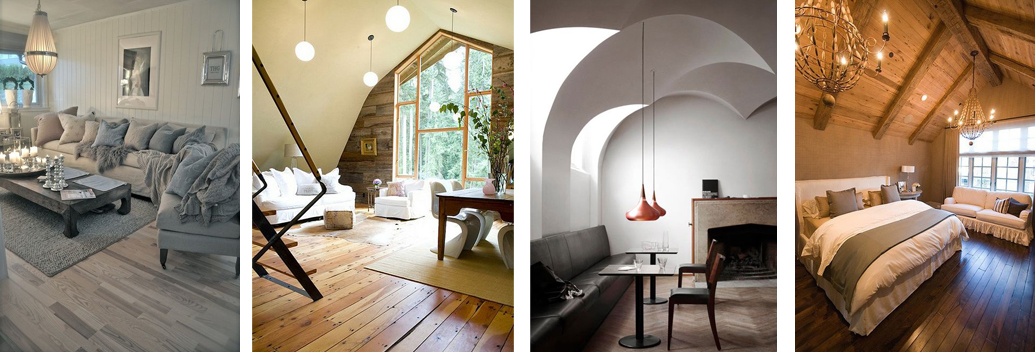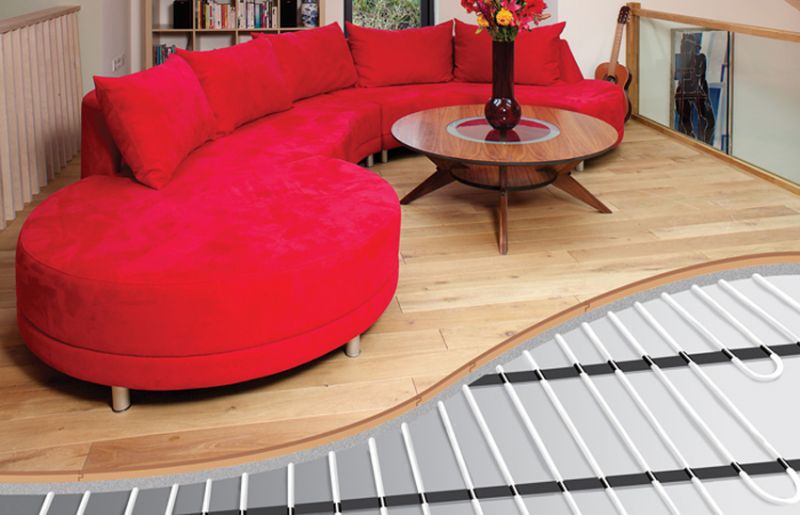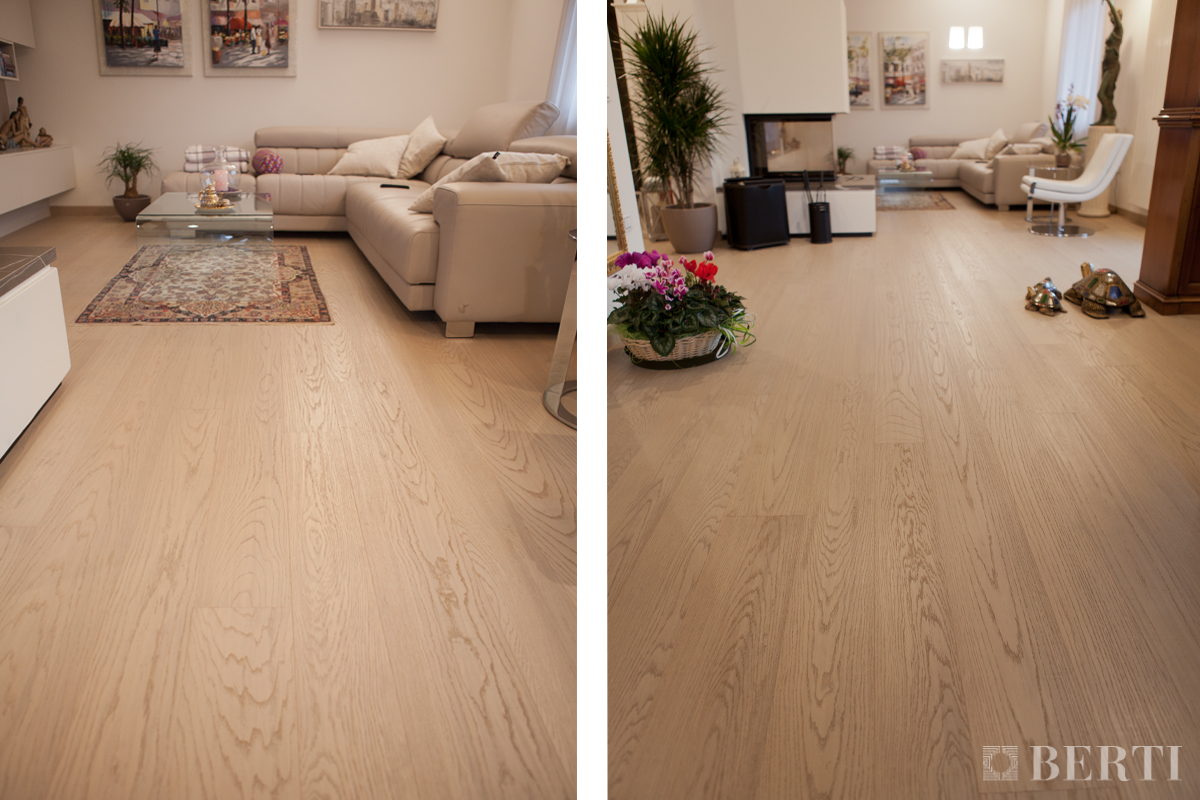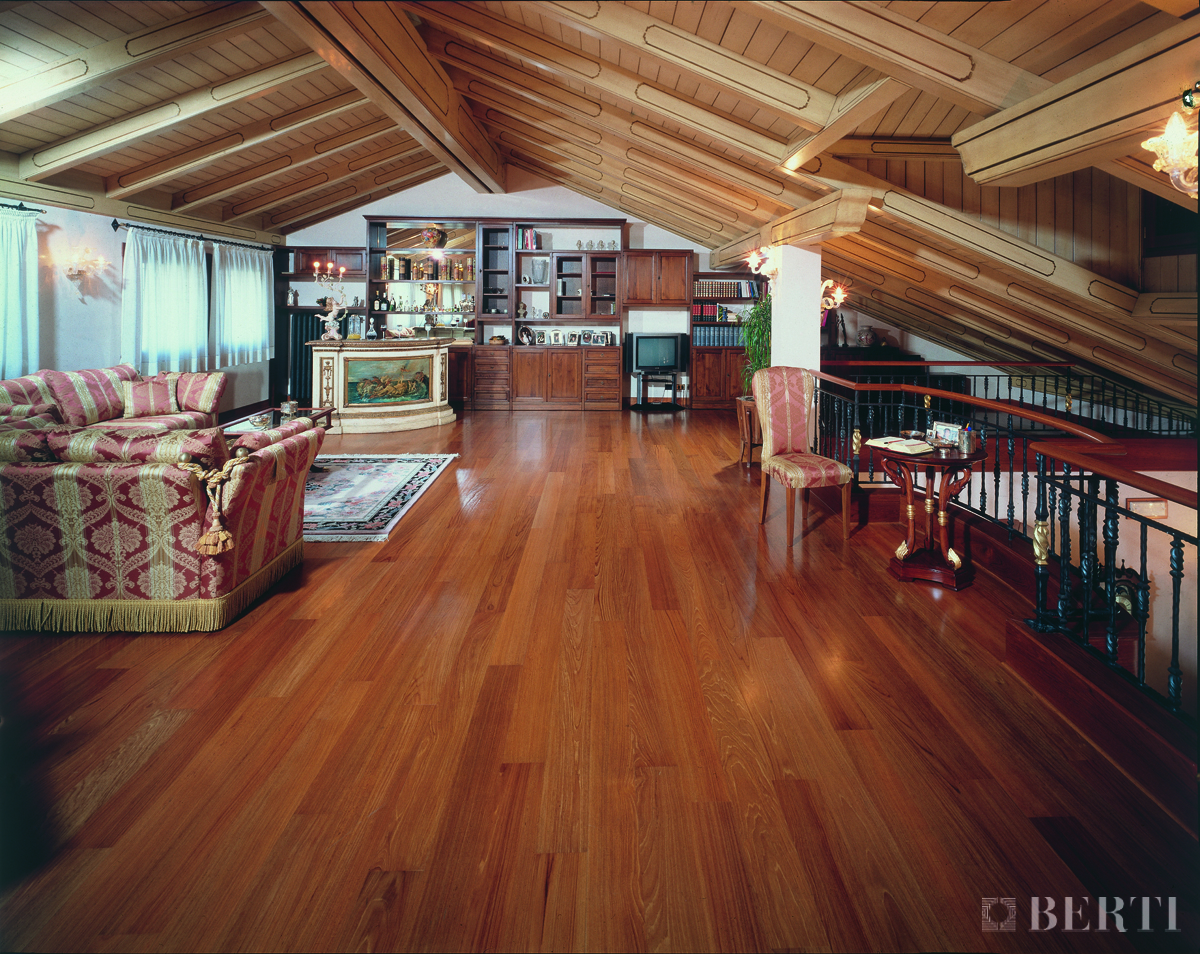One of the most frequently asked questions with regard to parquet is whether wooden floorings can be laid over radiating screeds which serve as underfloor heating/cooling systems: these can both keep rooms warm by emitting heat into them, and cool them in hot weather.
Heating systems of this kind have been widely adopted during the last few years, since they are suitable for heating both homes and corporate buildings. They are particularly suitable for those who want heating without any radiators in view.
There are various types of heating system, but generally they all operate on the same basic principle: heating/cooling screeds have an evenly, densely spaced system of coiled pipes, carrying a fluid, running through them for their entire depth. This fluid heats and/or cools the rooms by means of the heat exchange between the screed, the parquet laid over it and the room itself. (For further details, also see Berti FAQ on the topic of: Screeds over underfloor heating: what is the pre-heat cycle?)
From the point of view of cost-effectiveness and efficiency, the installation of parquet over a floor with underfloor heating allows the maximum benefits to be gained from the large surface area available for heat exchange, compared to other heating systems. These structural consequences make it possible to use fluids with a temperature close to the outdoor temperature, guaranteeing lower operating costs compared to systems of other kinds.
When choosing the parquet to be laid for the best results in terms of efficiency and practicality, various factors should be taken into consideration. We are talking about the type of parquet, the method used to lay the parquet floor and the species of wood used for the face layer and for the support. Let’s take a closer look at how these choices should be made.
With regard to the most suitable laying method, gluing is recommended, so that no air gaps are left between the screed and the parquet boards (which would cause heat to be lost). This is the best method with regard to thermal conductivity. If the choice is still for floating installation, an underlayment or padding which transmits heat effectively should be used.
Thanks to its specific structure, pre-finished parquet compensates for changes in temperature with horizontal movements, making it a more stable type of floor covering. The best species of wood for the support are birch and spruce.
Since wood is a natural insulating material, comfort levels inside the room are considerably improved by the fact that the heat is emitted more evenly and there is no direct contact with the heat emitted by the radiating panels.
In terms of the wood species for the face layer, the most recommended species are those with the greatest stability, such as oak, teak, iroko and doussiè, which tend to expand only by small amounts.
In conclusion, just a few clear factors have to be borne in mind with regard to the selection parameters to allow parquet to be successfully laid over an underfloor heating system. You will create a natural, elegant effect and save in terms of energy and efficiency.
Print
